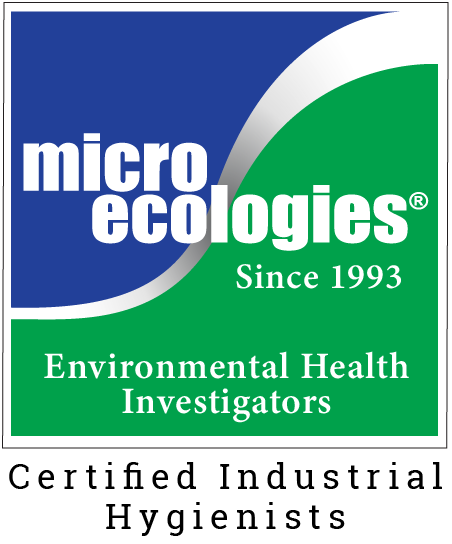Asthma
Asthma, an inflammatory disease affecting the lungs, is one of the most common chronic conditions in the world. According to the National Institutes of Health, 1 in 14 Americans lives with asthma. Symptoms of asthma include wheezing, breathlessness, chest tightness, and coughing. Although asthma cannot be cured, proper management can reduce or prevent asthma attacks. Although every asthma patient’s treatment plan is personalized to suit their needs, most plans include a combination of medication and reducing exposure to asthma triggers like mold and dust.
Although the exact causes of asthma are still being studied, it is likely that asthma is triggered by a combination of genetic and environmental factors, which means that someone with a genetic predisposition can be more likely to develop asthma if they encounter certain triggers in their environment, such as mold. Indoor allergens such as pets, dust mites, cockroaches, cigarette smoke, and molds are the most common environmental triggers. Some of these are easy to control through regular home cleaning, while others, such as mold or cockroaches, will likely require help from a professional mold remediation or extermination service. Outdoor air pollution can also play a role in asthma; researchers have found significant associations between increased exposure to the chemicals and particulates in vehicle exhaust and the development or exacerbation of asthma symptoms.
Sinusitis / Rhinosinusitis
Sinuses are cavities in your forehead, cheeks, and nasal passages whose job is to warm and moisten the air you breathe. If one or more of these cavities becomes inflamed, you can develop rhinosinusitis, also called sinusitis or a sinus infection. The main symptom of rhinosinusitis is a runny or stuffy nose and cough that last for more than one or two weeks; symptoms can also include pressure around your nose, eyes, or forehead, thick, discolored nasal drainage, bad-tasting post-nasal drip, cough, head congestion, ear fullness or headache. Some people also experience toothache, tiredness or fever.
Rhinosinusitis usually develops from a cold; however, if you suffer from allergic rhinitis, you may be at greater risk for rhinosinusitis caused by swelling in your nasal passages. If you have been diagnosed with allergic rhinitis, allergy medications can help reduce your risk of developing rhinosinusitis. Milder cases of rhinosinusitis can be treated with over-the-counter medications such as decongestants and mucus thinners; bacterial sinus infections may require a course of short-term antibiotics. Controlling your allergic rhinitis is the best step toward preventing rhinosinusitis infection; if you suspect that an allergen in your environment is causing your allergic rhinitis to develop into sinusitis, talk to an environmental health specialist to assess the situation and plan the next steps for protecting your health.
Allergic Rhinitis
Allergic rhinitis is the most common allergic disease in the world; the American Academy of Allergy and Asthma Immunology estimates that 10-30% of the world’s population suffers from allergic rhinitis. For some people, allergic rhinitis is a seasonal disease (also known as hay fever), while others are affected year-round. Symptoms of allergic rhinitis include a runny or stuffy nose, sneezing, red, itchy, and watery eyes, and swelling around the eyes. The allergens that typically trigger allergic rhinitis are pollen, mold, dust, and pet hair.
The causes of allergic rhinitis are complex and are still being investigated, but it is likely that a combination of genetics and environmental exposures contribute to the development of allergic rhinitis. Allergic rhinitis can be treated with medication (either prescription or over-the-counter) and immunotherapy (allergy shots); however, if you suffer from allergic rhinitis, one of the best things you can do to control your symptoms is to reduce your exposure to allergens. If you are allergic to mold, this means keeping your home dry, as mold grows best in damp spaces. For example, you can use an exhaust fan in the bathroom, limit the use of vaporizers, and use a dehumidifier to clean the air in your home. If you suspect that mold in your home is causing your symptoms, a professional mold inspector can assess the situation and tell you which steps to take in order to protect your health and the health of your family.
